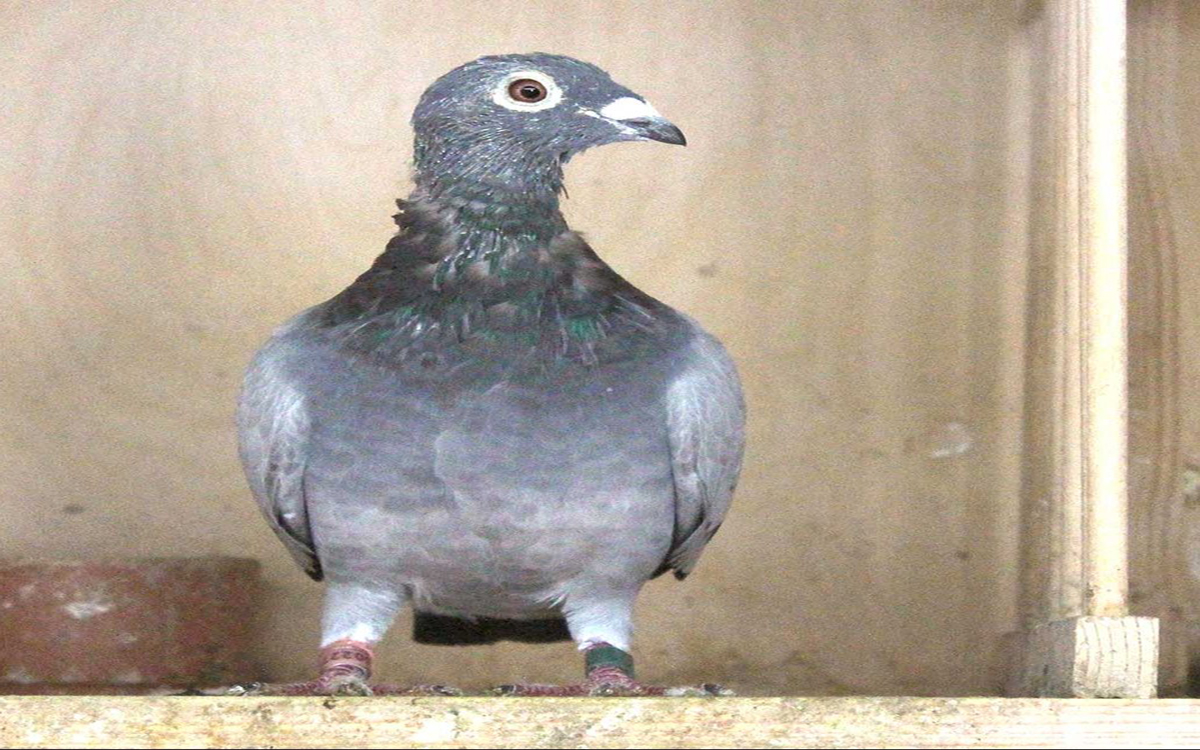
Post Winter Molt in Racing Pigeons
Understanding The Challenge of the Post-Winter Molt
Every racing pigeon fancier knows the vital role molting plays in maintaining a bird’s top-flight condition. While the primary molt in late summer or fall garners the most attention, the post-winter molt is just as critical. As daylight hours shift and the cold recedes, pigeons may undergo an irregular molting phase that can hinder their condition for the upcoming racing season.
In this guide, we’ll break down everything you need to know about the post-winter molt—why it happens, how it affects your birds, and what you can do to support your pigeons through it successfully.
What Is the Post-Winter Molt?
Unlike the annual fall molt, the post-winter molt isn’t always a full-body feather change. Instead, it often appears as a partial or patchy molt, especially around the head, neck, and underbody. This condition is typically triggered by stress, fluctuating temperatures, and inconsistent lighting, especially in lofts without controlled environments.
While this molt may seem minor, it can significantly impact your pigeons’ readiness for training and early races. Uneven feather replacement can result in:
- Reduced aerodynamic efficiency
- Poor insulation and temperature regulation
- Susceptibility to respiratory infections and stress-related illnesses
Why Does the Post-Winter Molt Happen?
Several environmental and physiological factors contribute to this molting cycle:
- Fluctuating Daylight Hours: As daylight increases in early spring, pigeons’ internal clocks trigger hormonal shifts, leading to molting.
- Cold Weather Stress: In colder months, pigeons may undergo minor molting episodes due to temperature extremes, especially in poorly insulated lofts.
- Nutrient Deficiencies: Poor winter diets lacking in protein, biotin, and trace minerals can compromise feather quality and regrowth.
- Breeding Season Overlap: For fanciers who breed early, nutritional demands can cause stress that prompts unexpected molting in breeding pairs or even squabs.
Recognizing Signs of Post-Winter Molt
To manage this process effectively, watch for these signs in your loft:
- Patchy feather loss, particularly on the head, neck, or belly
- Dull or brittle feathers
- Flaky skin around the face or vent
- Reduced activity or increased resting behavior
These signs may overlap with nutritional deficiencies or mild illnesses, so it’s important to diagnose correctly.
How the Post-Winter Molt Affects Race Preparation
Pigeons undergoing uneven molting are at a disadvantage when training resumes. New feathers are still forming and aren’t flight-ready, which means:
- Increased drag during flight
- Reduced stamina
- A higher risk of respiratory stress
If your birds are molting heavily just as race training begins, they’re more likely to underperform. This makes managing the molt proactively essential.
How to Support Pigeons During the Post-Winter Molt
Here are key strategies to help your pigeons navigate the post-winter molt smoothly:
1. Regulate Loft Lighting
Inconsistent lighting leads to hormonal confusion, which can disrupt molting. Mimic natural light cycles by gradually increasing artificial light in your loft as spring approaches. Aim for 12-14 hours of consistent light daily.
2. Maintain Loft Temperature
Cold lofts stress your birds and contribute to abnormal molts. Use insulation or low-level heating to keep temperatures stable, especially at night. Draft protection is also essential.
3. Boost Feather Nutrition
Feather development requires amino acids, vitamins, and minerals. Focus on:
- Biotin: Supports keratin production for strong feather shafts.
- Methionine and Lysine: Essential amino acids that enhance feather growth.
- Zinc and Copper: Aid in pigment and feather structure.
- B-Complex Vitamins: Improve skin and feather health while supporting metabolism.
You can provide these through:
- Specialized feather support supplements
- A high-quality molting mix with adequate protein (15–17%)
- Natural additions like brewer’s yeast or wheat germ oil
4. Use Feather-Specific Supplements
Consider adding a targeted molting supplement during this period. Products such as PHP Molting Kit or similar molting powders help replenish key nutrients quickly.
5. Minimize Stress and Handling
Handling birds during molt increases stress and slows down the feather regrowth process. Limit training tosses and interventions during this sensitive time.
6. Loft Cleanliness Is Key
Feather loss can clog the loft with dander, leading to respiratory problems. Keep the loft clean and dry:
- Scrape daily
- Use absorbent floor materials
- Ensure good ventilation without drafts7. Feeding During the Post-Winter Molt
Nutrition is your frontline defense against molting issues. In addition to feather supplements, modify your birds’ diet to include:
- Barley (up to 20%) for slow-release energy and digestive support
- Sunflower hearts or safflower for healthy oils that boost feather gloss
- Protein-rich peas or pellets for rebuilding muscle and feathers
A sample feed mix during this phase could be:
- 40% barley
- 30% protein peas
- 15% safflower
- 10% wheat
- 5% conditioning mix with pellets
When to Resume Training
Hold off on rigorous training until the new feathers have fully matured. The feathers should be:
- Glossy and smooth
- Uniform in color and size
- Free from damage or pinfeathers
Once these signs are present, gradually reintroduce exercise, starting with short tosses and loft flying.
Long-Term Prevention Tips
To avoid disruptive post-winter molts in the future:
- Stick to a consistent winter lighting schedule
- Provide a winter maintenance supplement regimen
- Avoid overcrowding in winter lofts
- Begin spring breeding only when birds are fully feathered
Final Thoughts
The post-winter molt might be subtle, but its impact on your racing season can be significant. By managing lighting, temperature, nutrition, and stress, you can support healthy feather regrowth and set your birds up for a successful return to training.
Remember, your pigeons’ feathers are their wings to victory
keep them strong, sleek, and race-ready!

